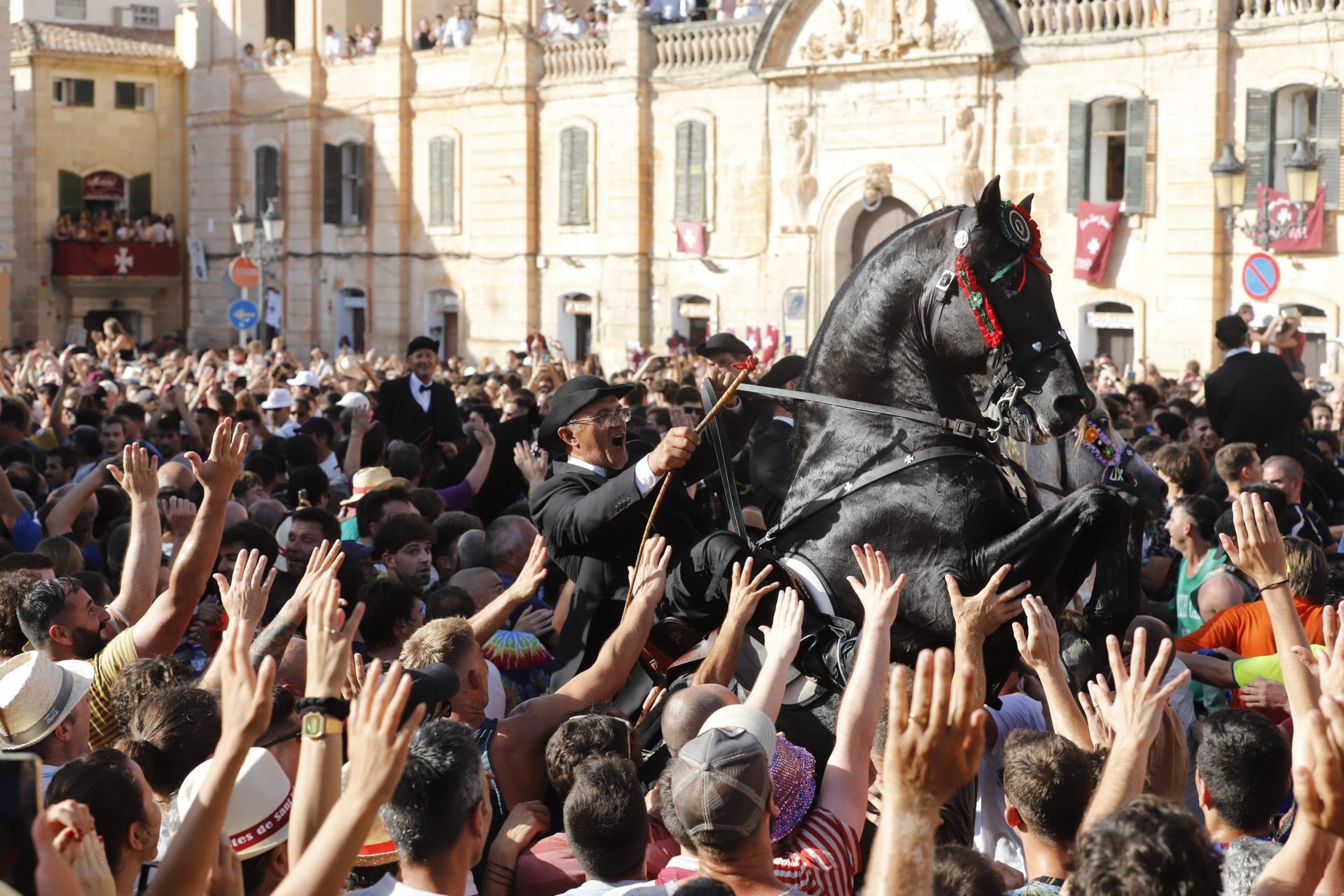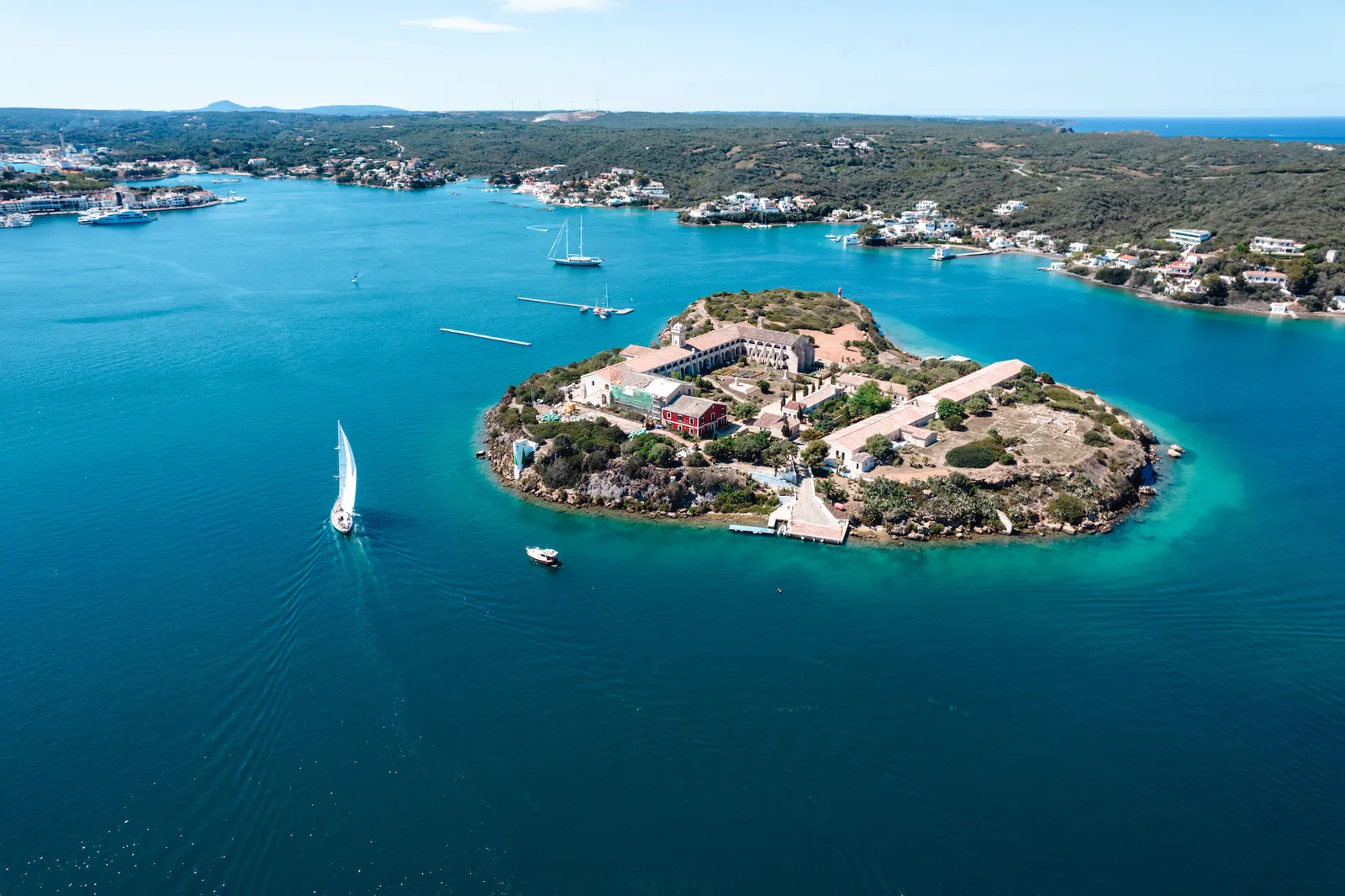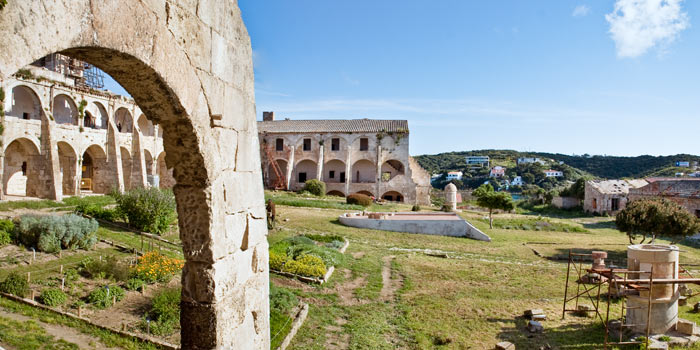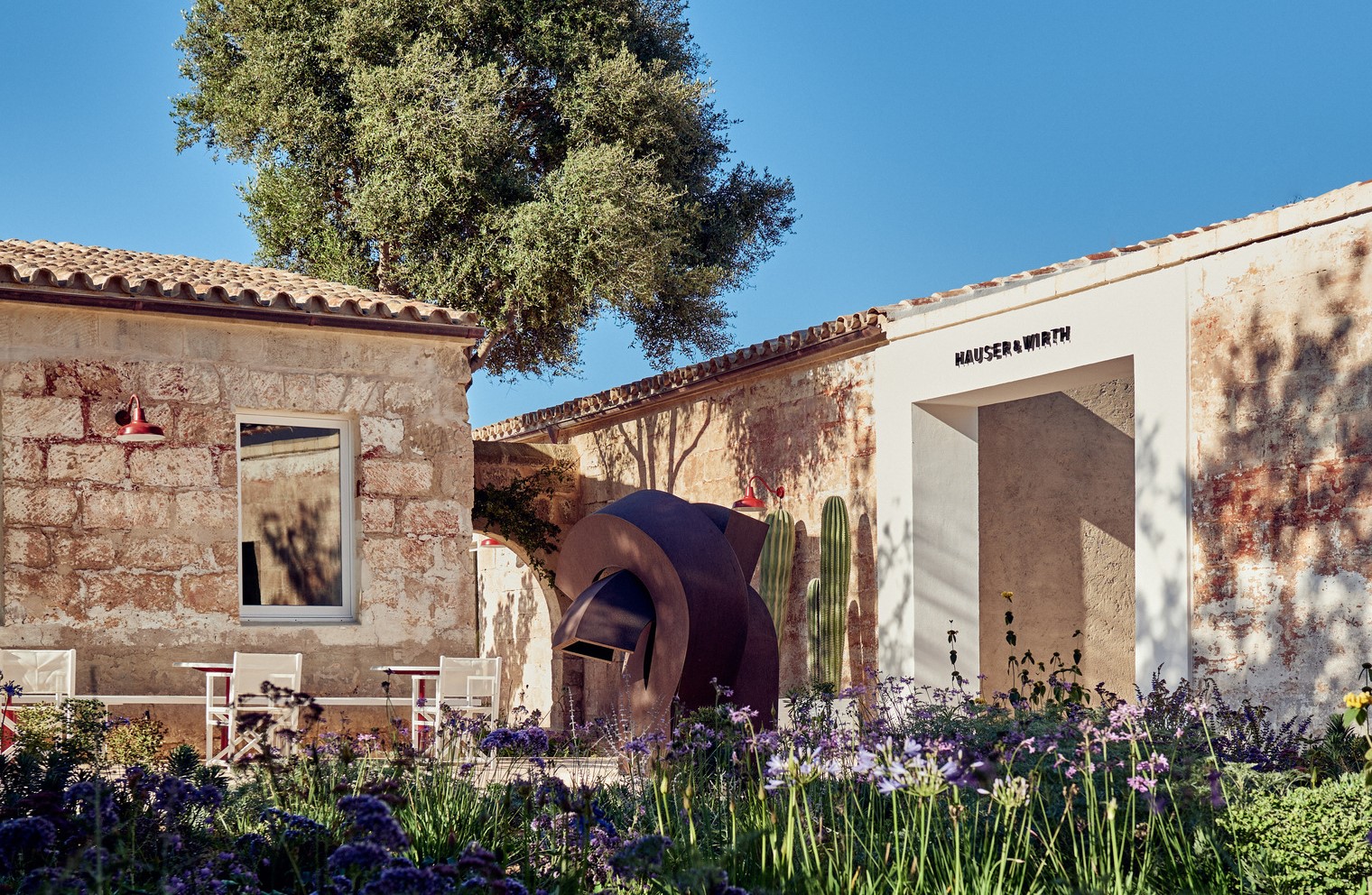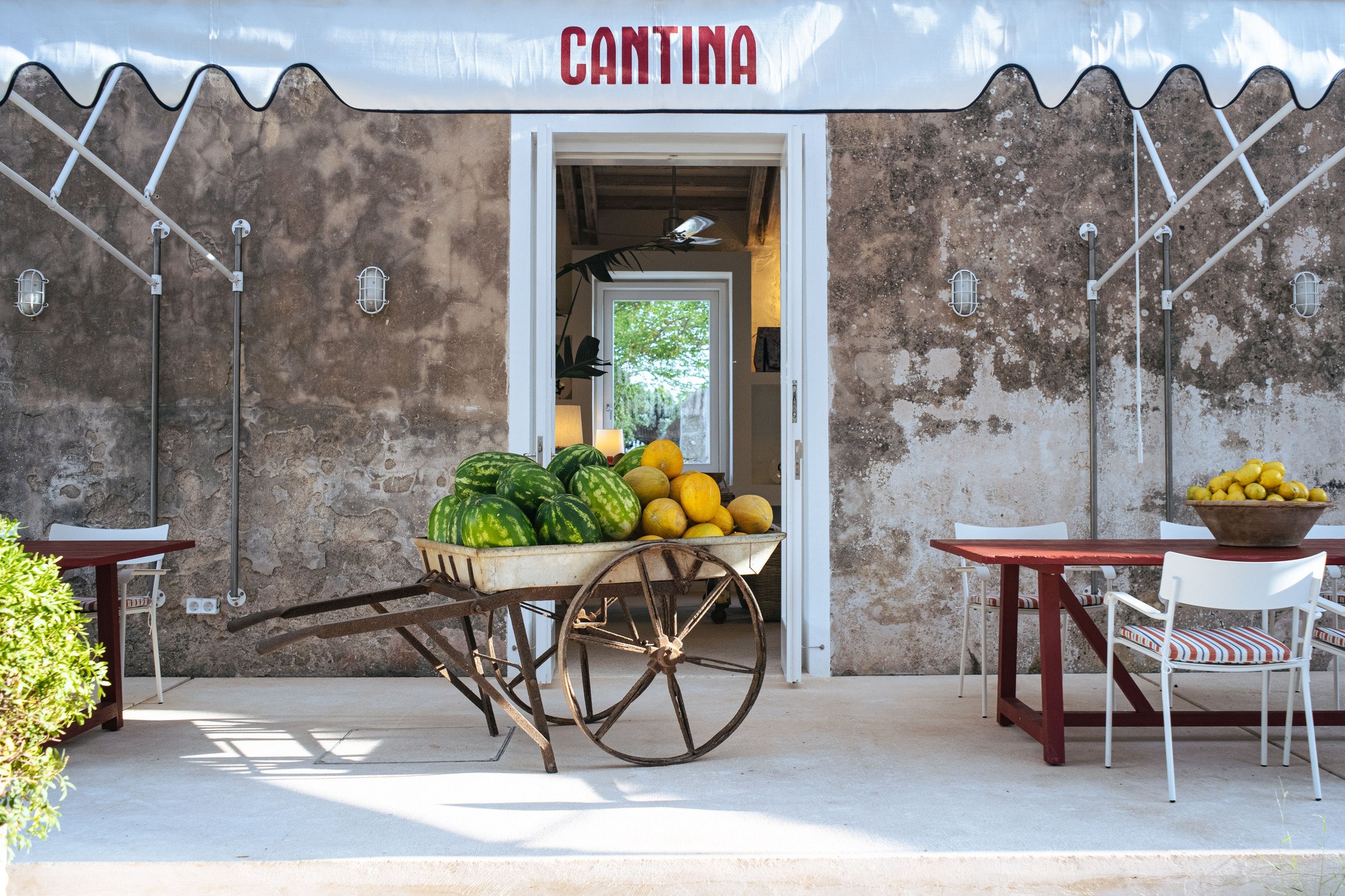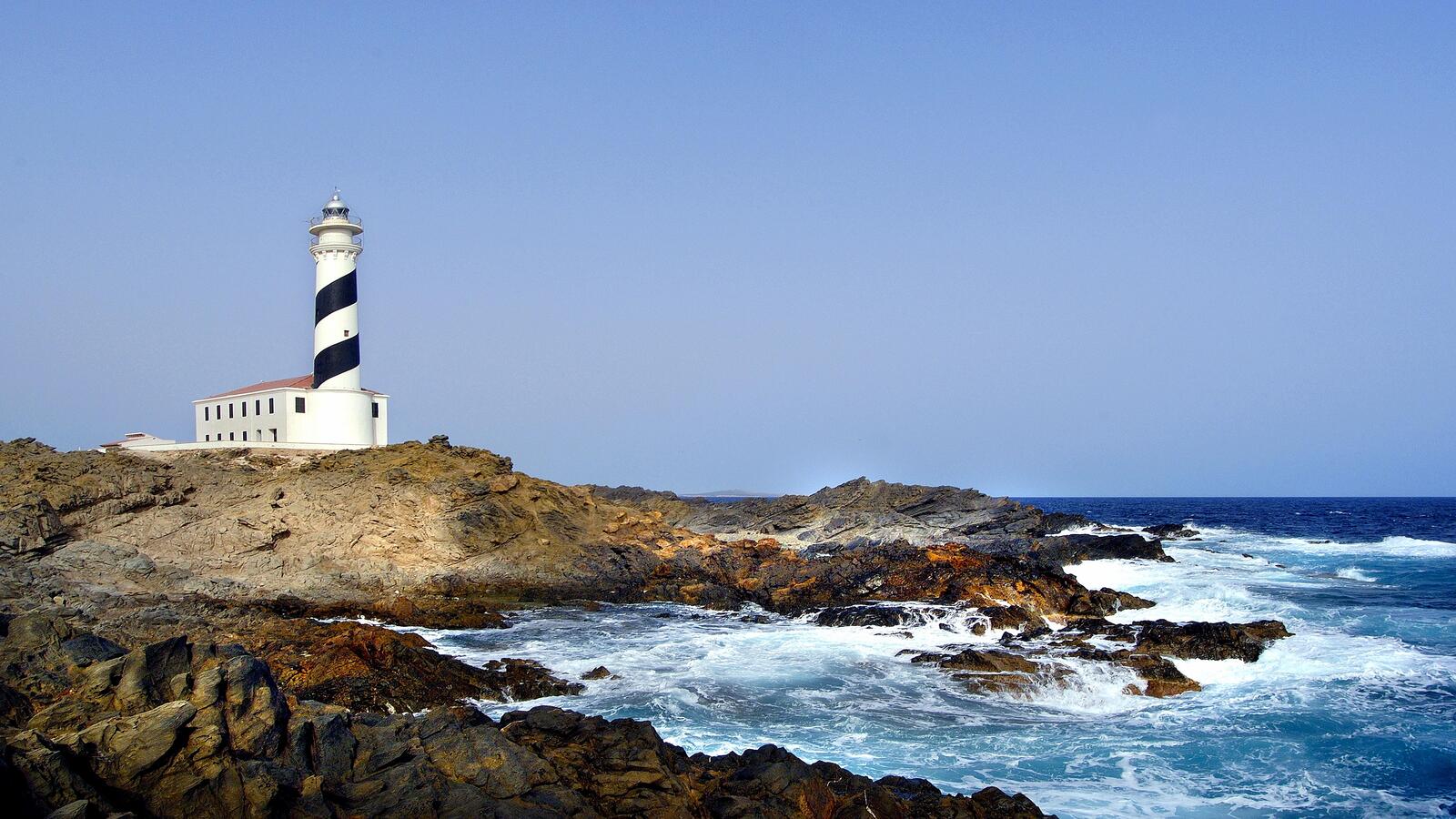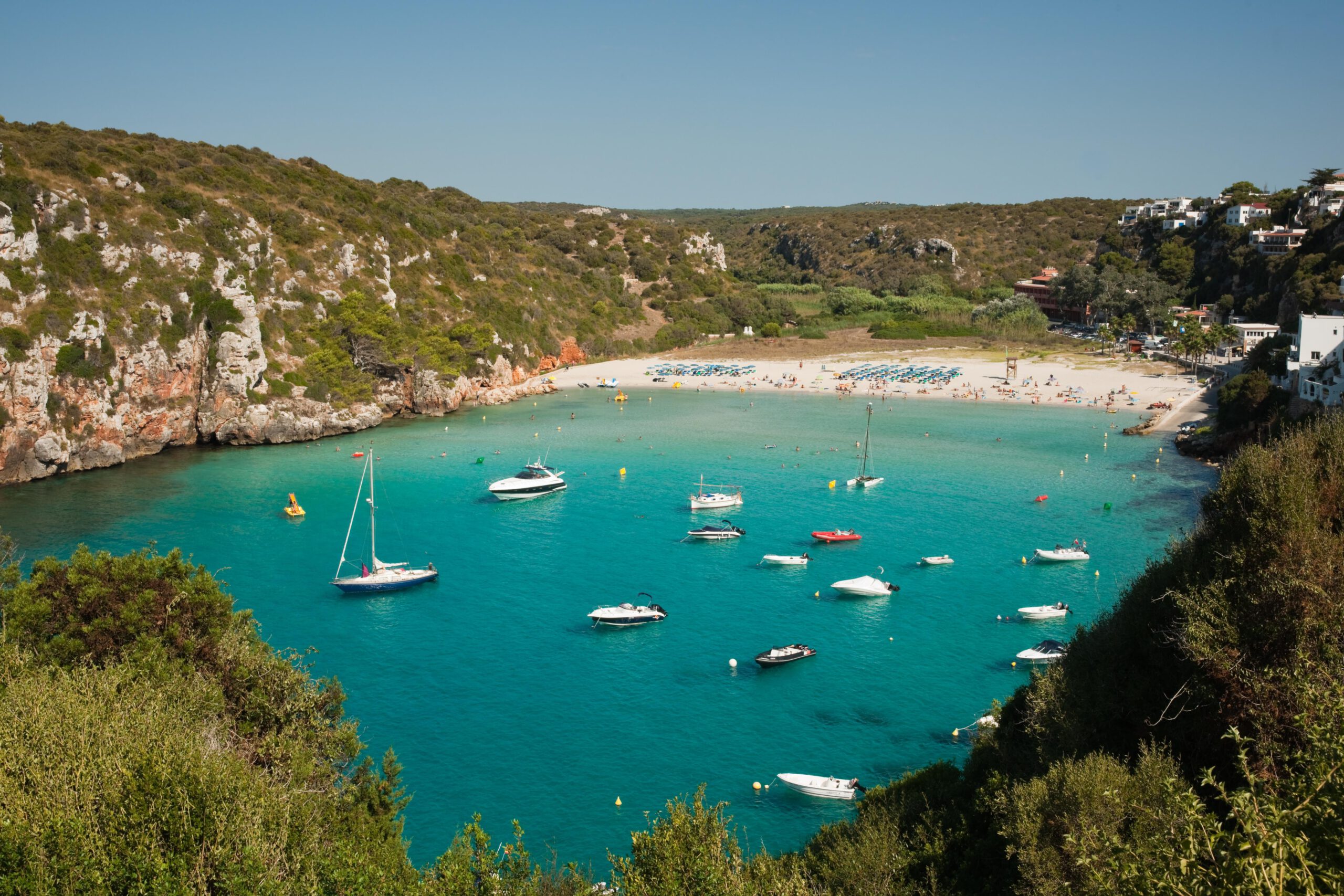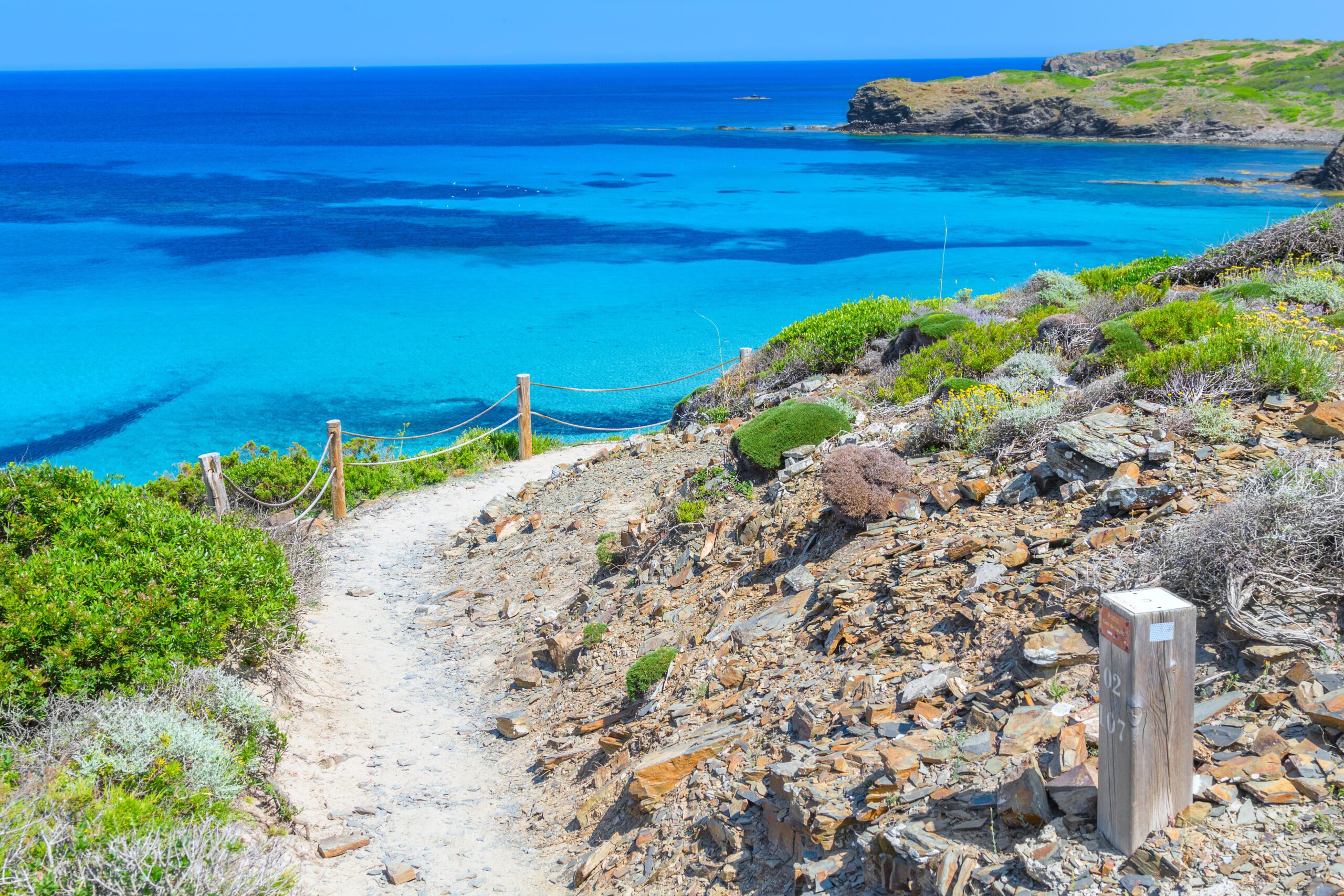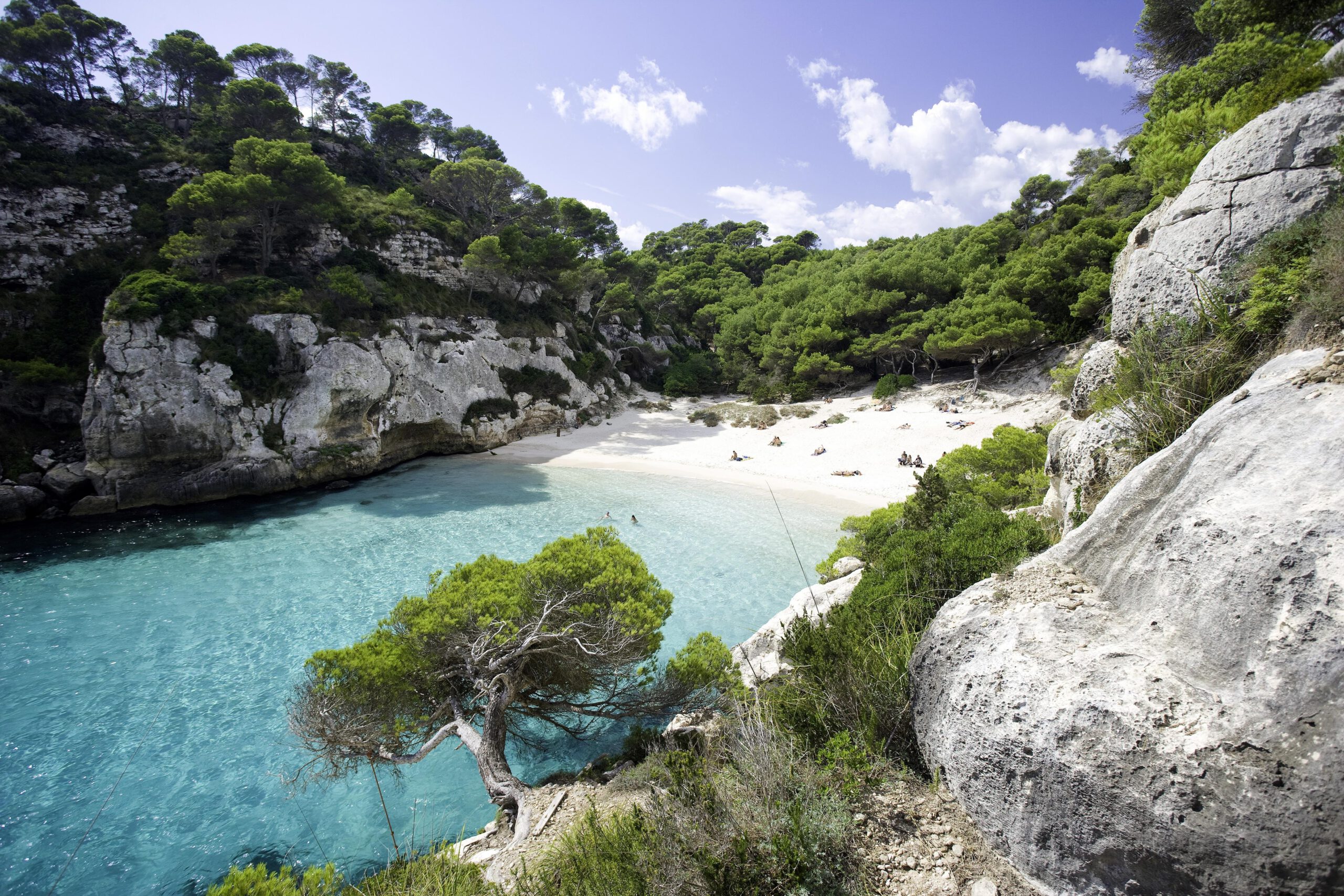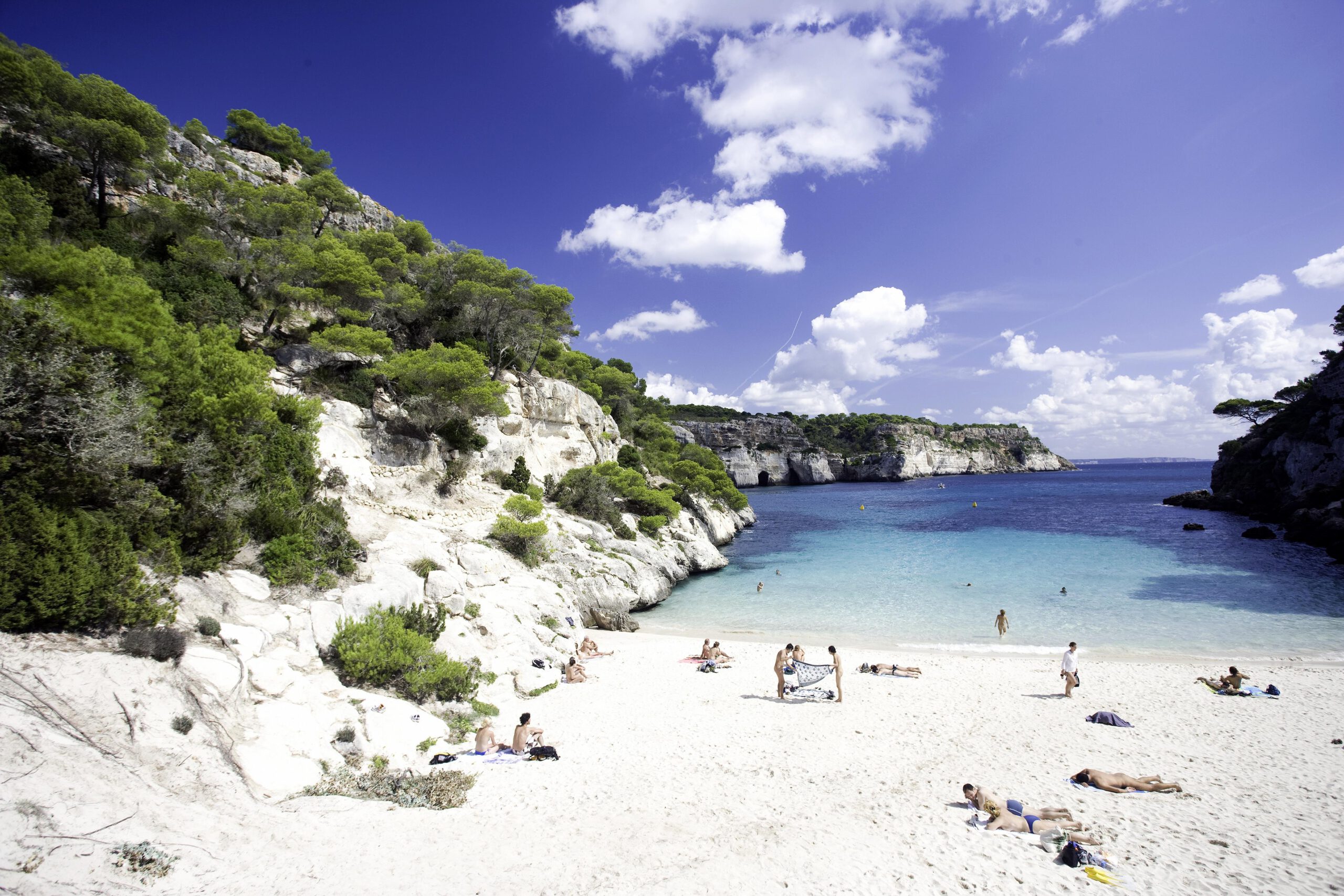Menorca, secrets to discover
We propose a dream holiday and disconnection in Menorca. A Balearic island whose beaches have little or nothing to envy to the most iconic in the world.
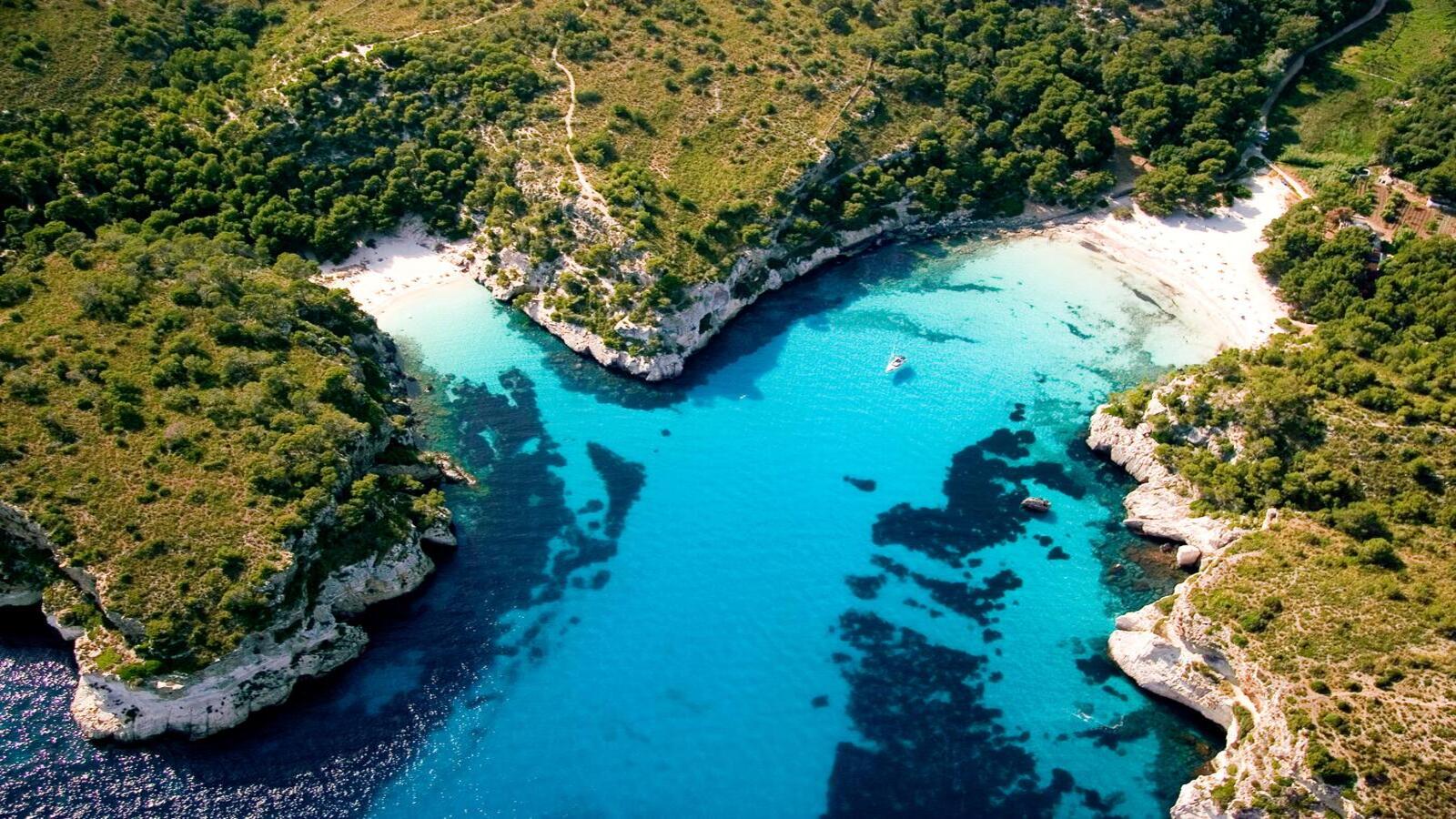
During my visit to Madrid Fusión, the gastronomy and tourism fair held at the beginning of February, I was able to enjoy the most interesting proposals that Spain, in its entirety, has to offer. Amidst delicious bites and wine tastings, there was one thing that caught my attention above all else. A small stand, located near the entrance, where an extroverted chef, with more lip than skill, touted the goodness of Menorcan cuisine from his microphone.
Nothing out of the ordinary, you might think. But what made me turn around was the gigantic sign announcing the recipe for mayonnaise. Yes, my friends, the island boasts of having invented the recipe for this iconic sauce which, in the words of the chef, “was stolen by the French during the invasion of the island in 1756”. The curious thing is that there are, in fact, manuscripts dating back to 1750 that confirm that the invention was home-grown.
Culinary controversies aside, the truth is that Menorca is still a paradise on earth, closer than we think. An island full of white sandy beaches, crystal-clear waters and places to discover. A destination that has a lot to offer its visitors, from its pristine nature to its rich culture and gastronomy.
The ‘Spanish Caribbean’
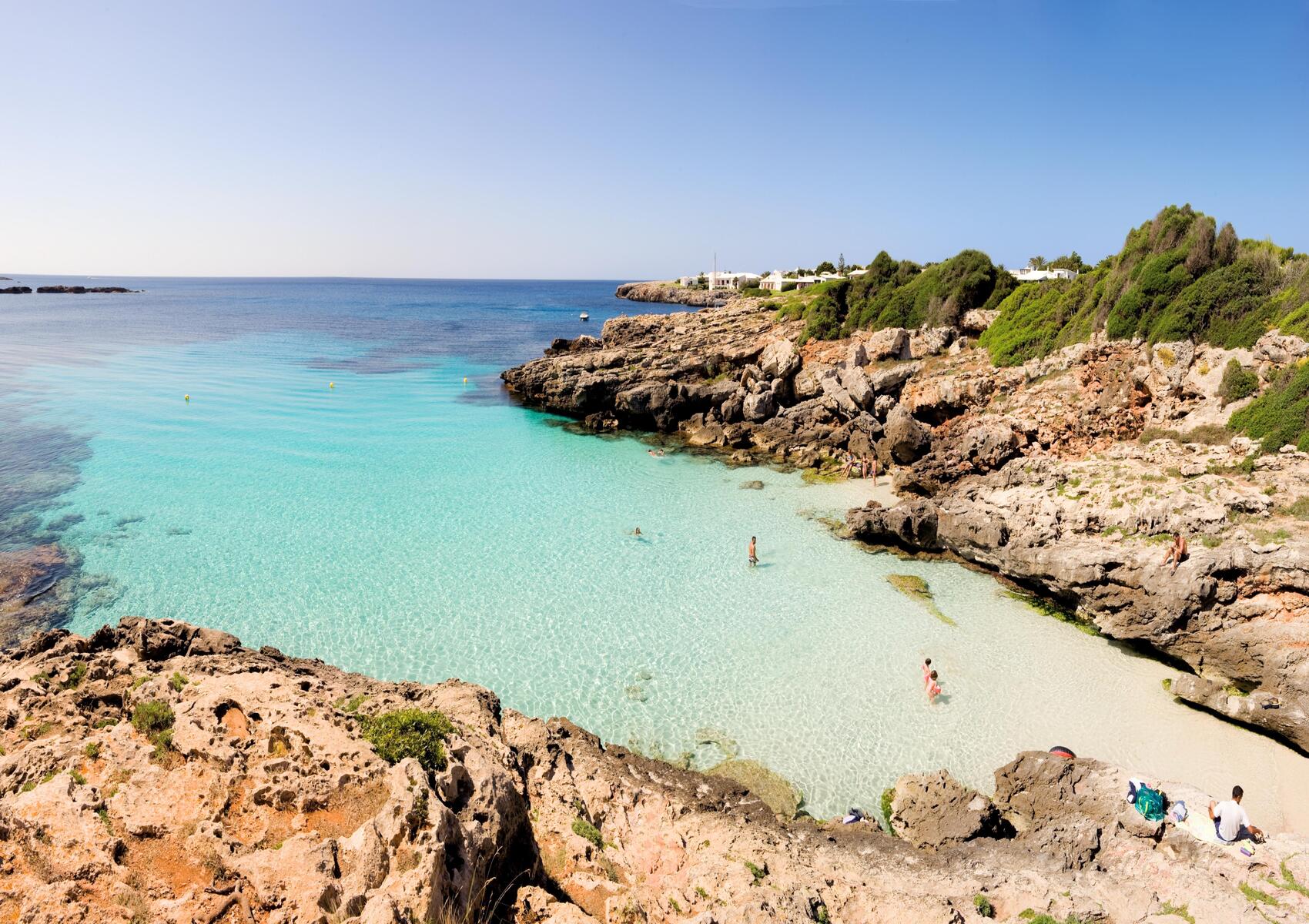
If there is one thing that generates more controversy than the origins of mayonnaise, it is which is the authentic ‘Spanish Caribbean’. Two Balearic islands are in particular competition here: the wild Formentera and the charismatic Menorca.
One of the main reasons why travellers flock to Menorca are its beaches. The island has more than 100, each with its own personality and unique beauty. The most popular are Cala Macarella and Cala Mitjana. Two places where the crystal clear water and white sand directly evoke the odious comparison with the Caribbean.
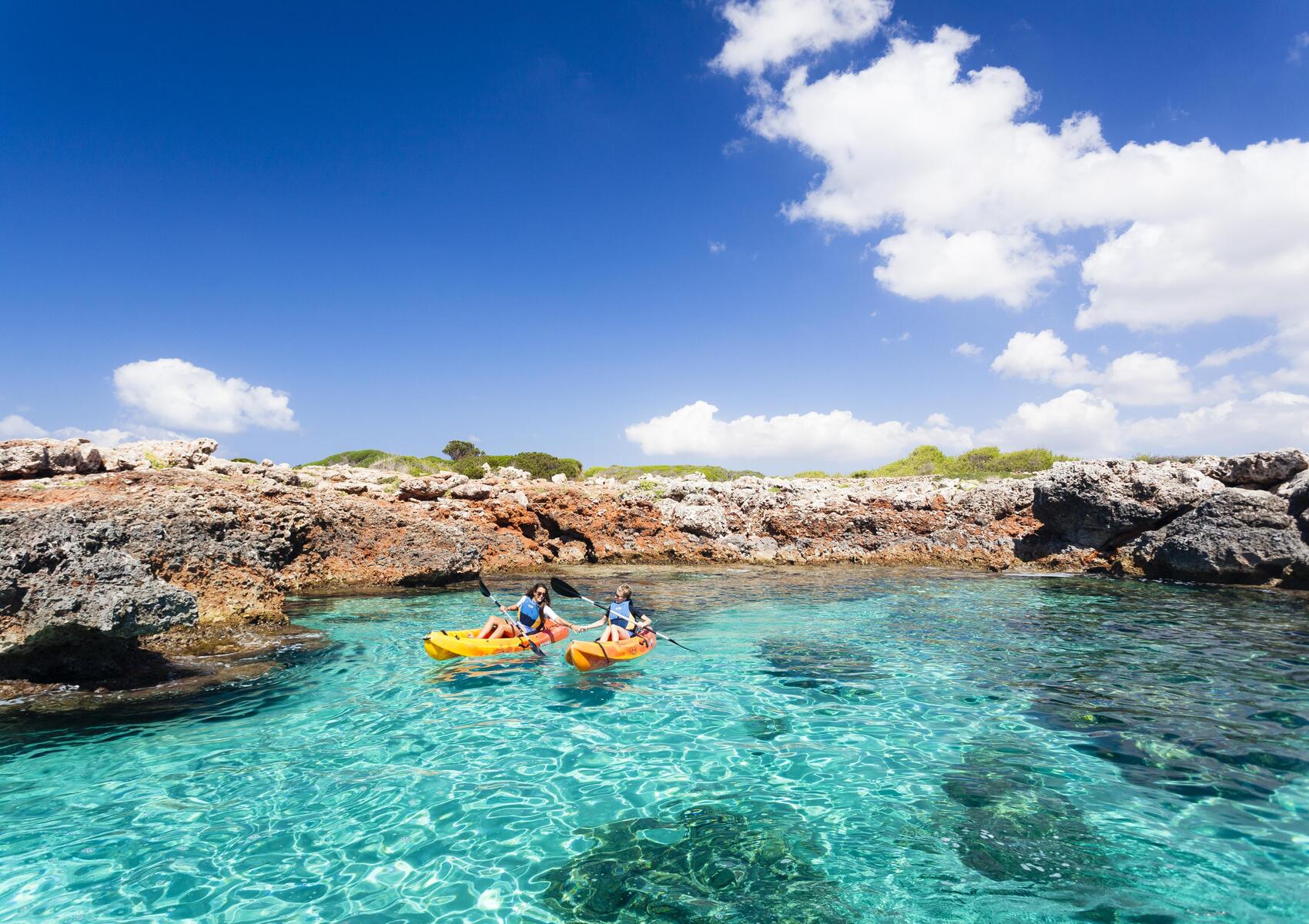
There are also options for the adventurous, such as Cala Pregonda. A quieter beach, where the red sand contrasts with the turquoise of the sea. A real paradise, also for water sports lovers, with many options for snorkelling, diving, windsurfing and kitesurfing.
But if we had to choose just one, our favourite is the impregnable Cala Turqueta. A haven of peace where the land embraces the sea, in an idyllic natural setting, surrounded by vegetation and rocks.
Megalithic culture
In addition to its beaches, Menorca has a vast culture and history that deserves to be explored. The island rewards the more adventurous with an impressive megalithic heritage, dating back to the Bronze Age. The taulas, talayots and navetas that can be found everywhere take us straight back to one of the most iconic scenes in the history of cinema: the beginning of 2001: A Space Odyssey, filmed in another equally interesting but much more famous megalithic site: Stonehenge.
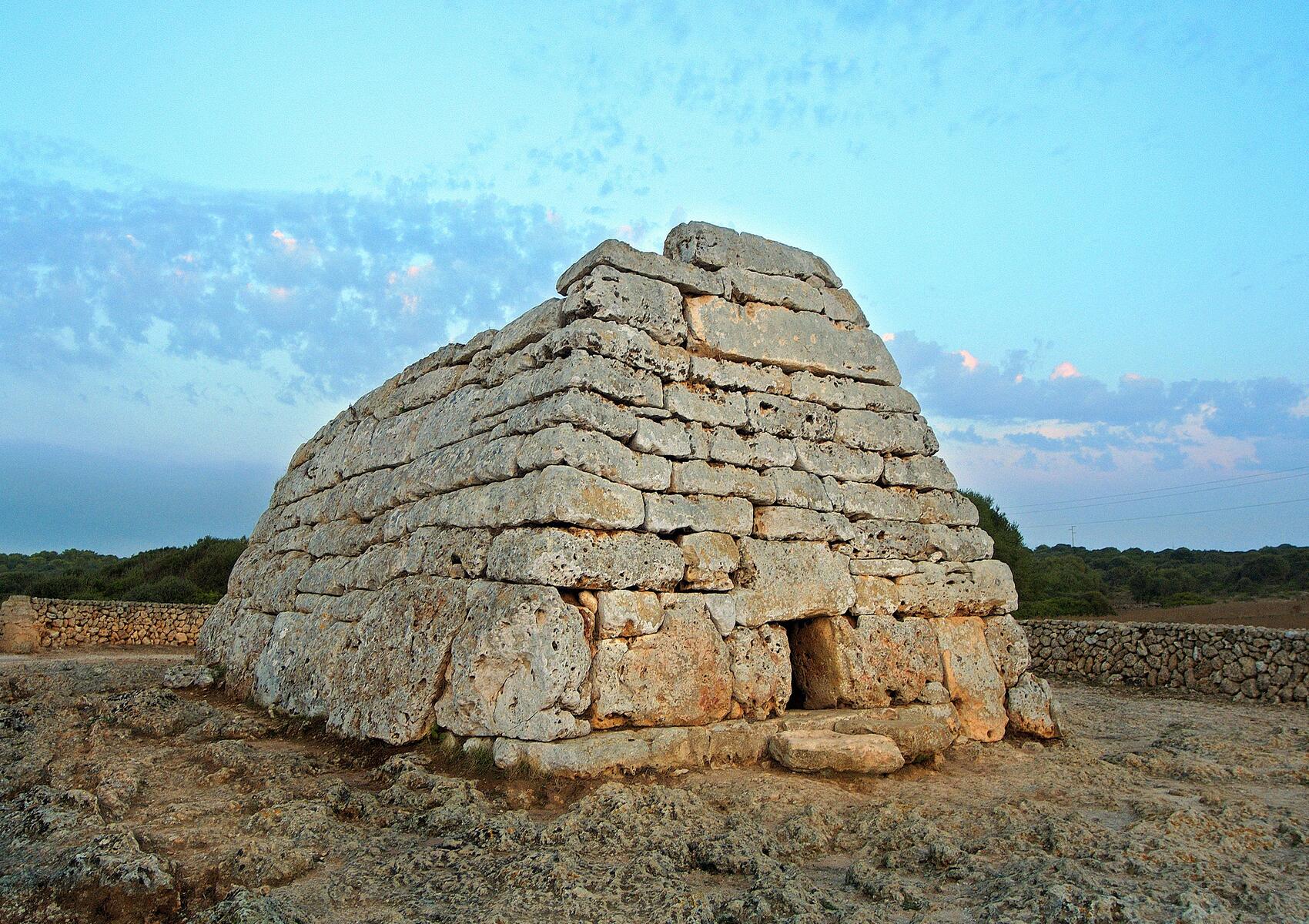
The historic centre of Ciutadella, the old capital of Menorca, is also a must-see. There you will find monuments such as the Cathedral of Santa María, the Castle of San Nicolás and other historic buildings that have been lovingly restored and conserved, to the delight of visitors.
Local crafts
Local craftsmanship is another of Menorca’s great attractions. The island is known for its leather footwear, especially the popular Menorcan sandals, which have been handmade on the island for over a century.
It is very common to find them in markets and stalls all over the island, along with other local crafts, such as ceramics, blown glass and costume jewellery. If you’re interested in this subject, there are several markets that are not to be missed.
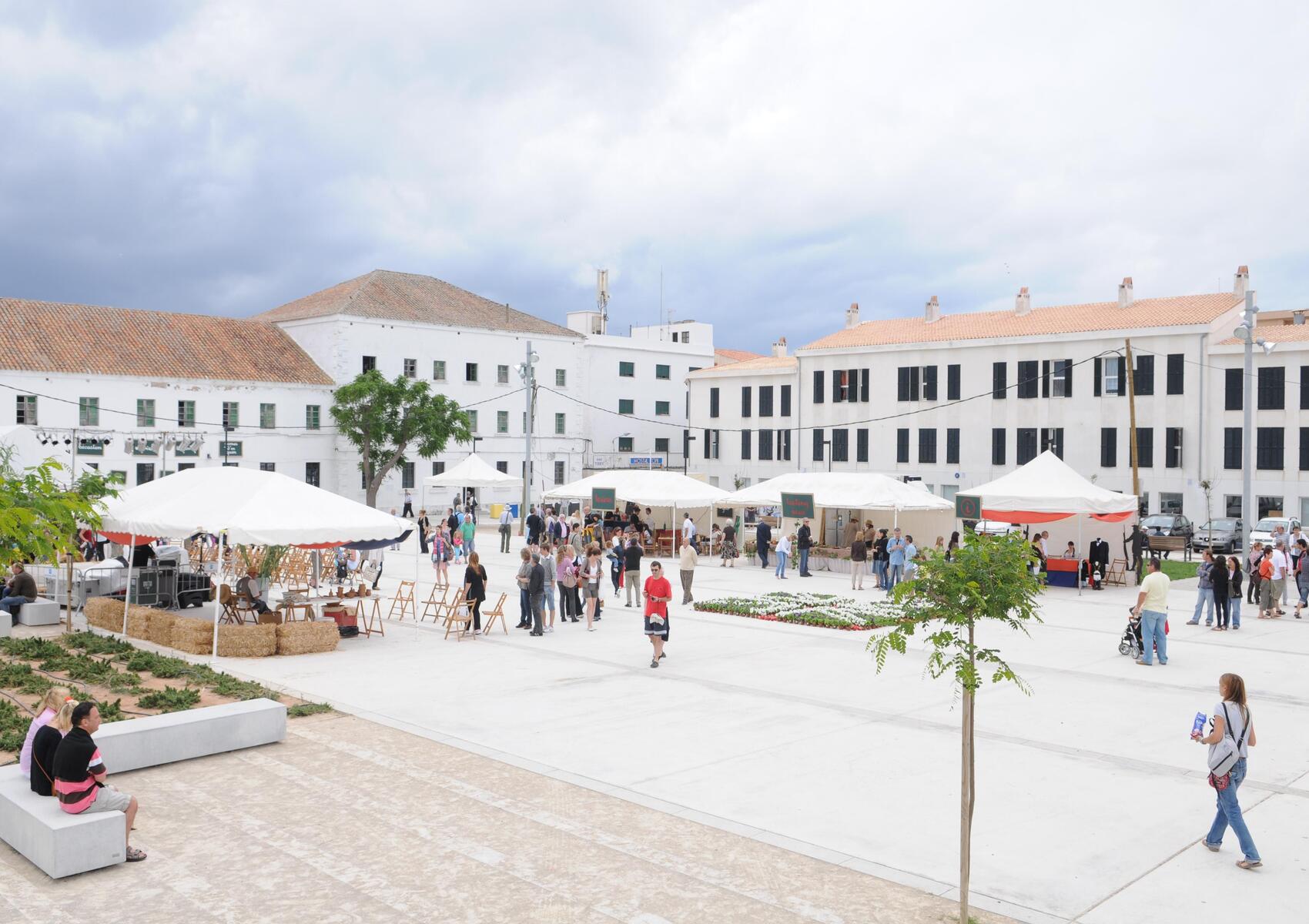
One of the most popular is the Mercat de Sant Lluís, which is held every Thursday afternoon in the centre of the village of the same name. Here, visitors can find a wide variety of products, from jewellery to clothing and decoration.
Another must-see, this time in Mahón, is the Mercat des Claustre, which is held in the city centre every Tuesday and Saturday morning. It sells fresh produce, such as local fruit and vegetables, as well as hand-woven baskets and pottery.
Finally, we could not overlook the Ciutadella Artisan Market, one of the largest in Menorca. It is held every Friday evening in the Plaza del Borne and has a special charm, especially at sunset.
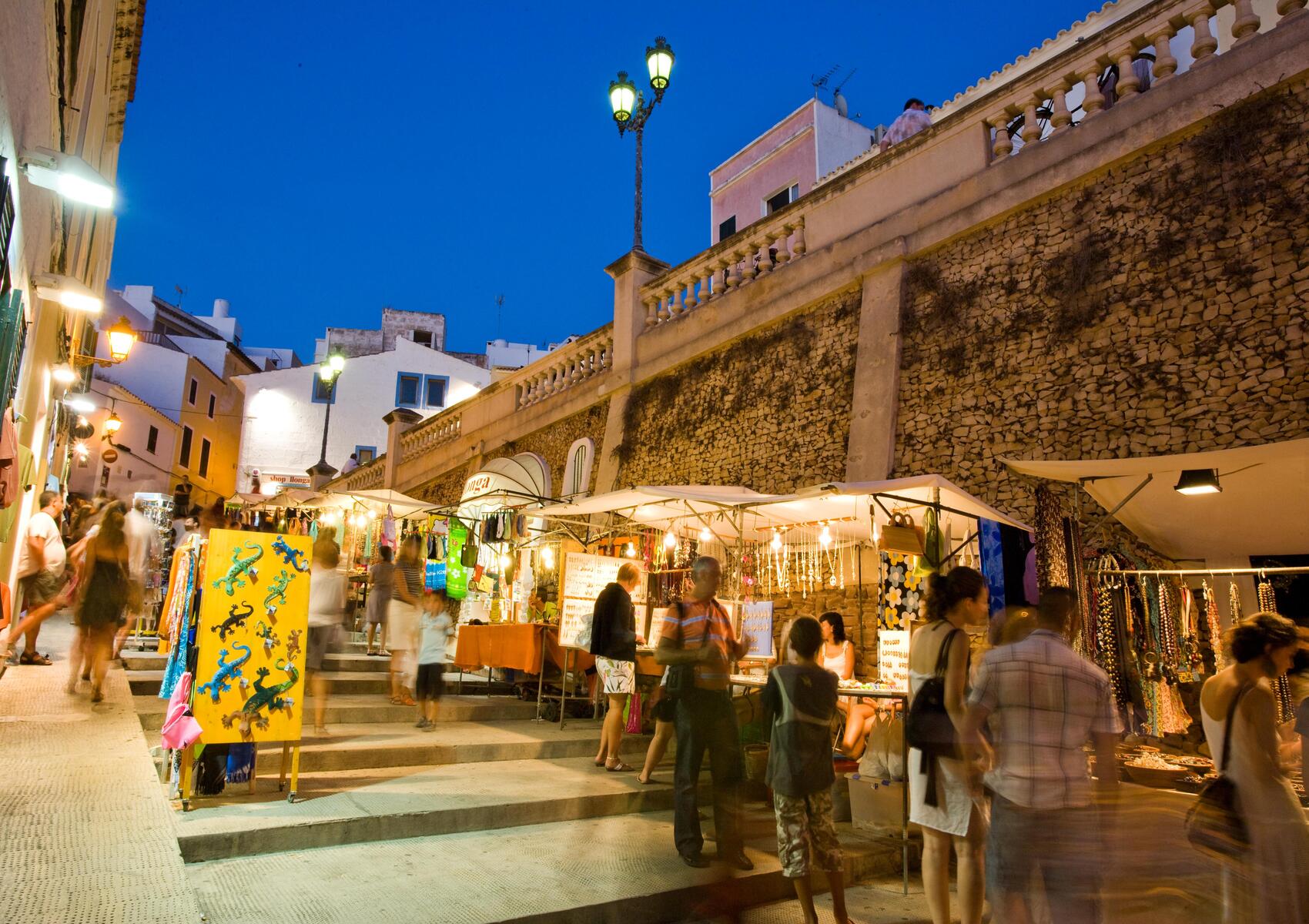
Gastronomy
In terms of gastronomy, Menorca has a rich culinary tradition that combines the flavours of the land and the sea. Lobster stew (made with fresh lobster and accompanied by potatoes and fried vegetables), tumbet, Mahón cheese and the delicious cakes from the Ca’n Pons confectionery are some of the typical delicacies.
Its typical dishes are the result of a mixture of cultures throughout history, which has given rise to a fusion of Mediterranean, British, African and Spanish cuisine.
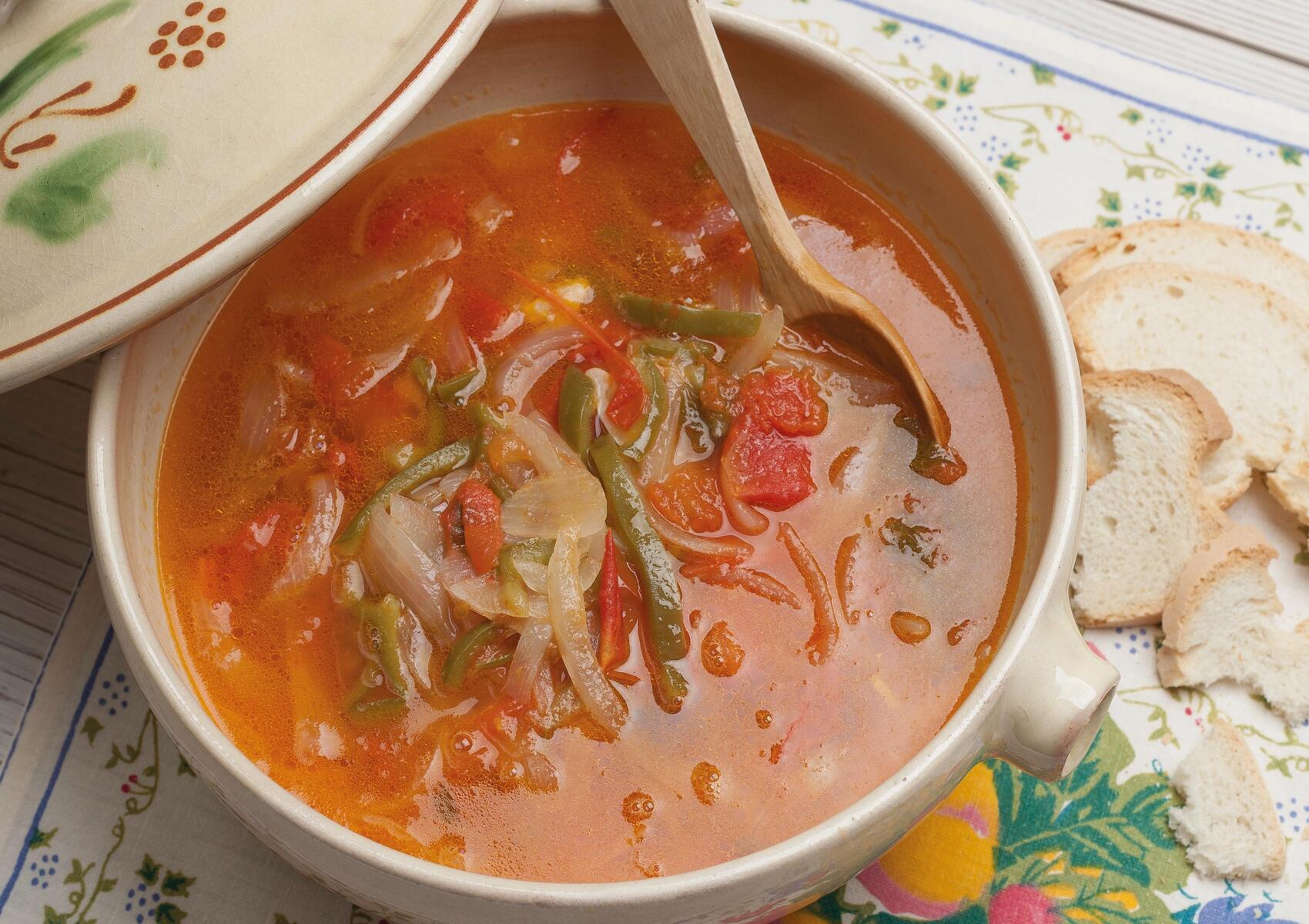
One of the essential restaurants we recommend is Ca Na Pilar, located in the historic centre of Ciutadella. A place decorated with exquisite taste where you can try typical Menorcan dishes with creative touches.
Another restaurant not to be missed is Sa Pedrera d’es Pujol, in the village of Ferreries. Here the proposal is clear: to enjoy high quality Menorcan food at affordable prices. Particularly recommendable is their daily set menu, which is made with local produce and allows you to enjoy a nine-course meal for 40 euros.
Paradise without a star
As far as avant-garde restaurants are concerned, Menorca does not yet have a Michelin star. However, this does not mean that the island does not have high quality restaurants that are recognised nationally and internationally. In fact, the guide mentions 10 restaurants in its official list.
One of the most outstanding is the restaurant Pan y Vino, in the village of Sant Lluís, which has won several awards for its innovative gastronomic proposal. Here you can sample the cuisine of chef Patrick James and his wife, Noelia Zardoya, who always have a smile and a new dish to surprise diners.
Another must is Torralbenc. A wine tourism estate led by chef Luis Loza. In this picturesque place, the simple and honest techniques of Basque cuisine are put at the service of Menorcan gastronomy. The result is a short and accurate menu, combining simple but tasty starters, grilled meats and fish, a delicious selection of rice dishes and homemade desserts.
Summer activities…
We have already talked about Menorca’s beaches in summer, the real reason to visit this island. But not everything is going to be sun loungers and mojitos. That’s why we can’t leave out other activities for when you feel like another kind of plan.
A very typical one, but no less enjoyable for that, is touring the island by bicycle. There are many companies that rent them at a good price and it is a real pleasure to contemplate the sea while the gentle sea breeze ruffles your hair.
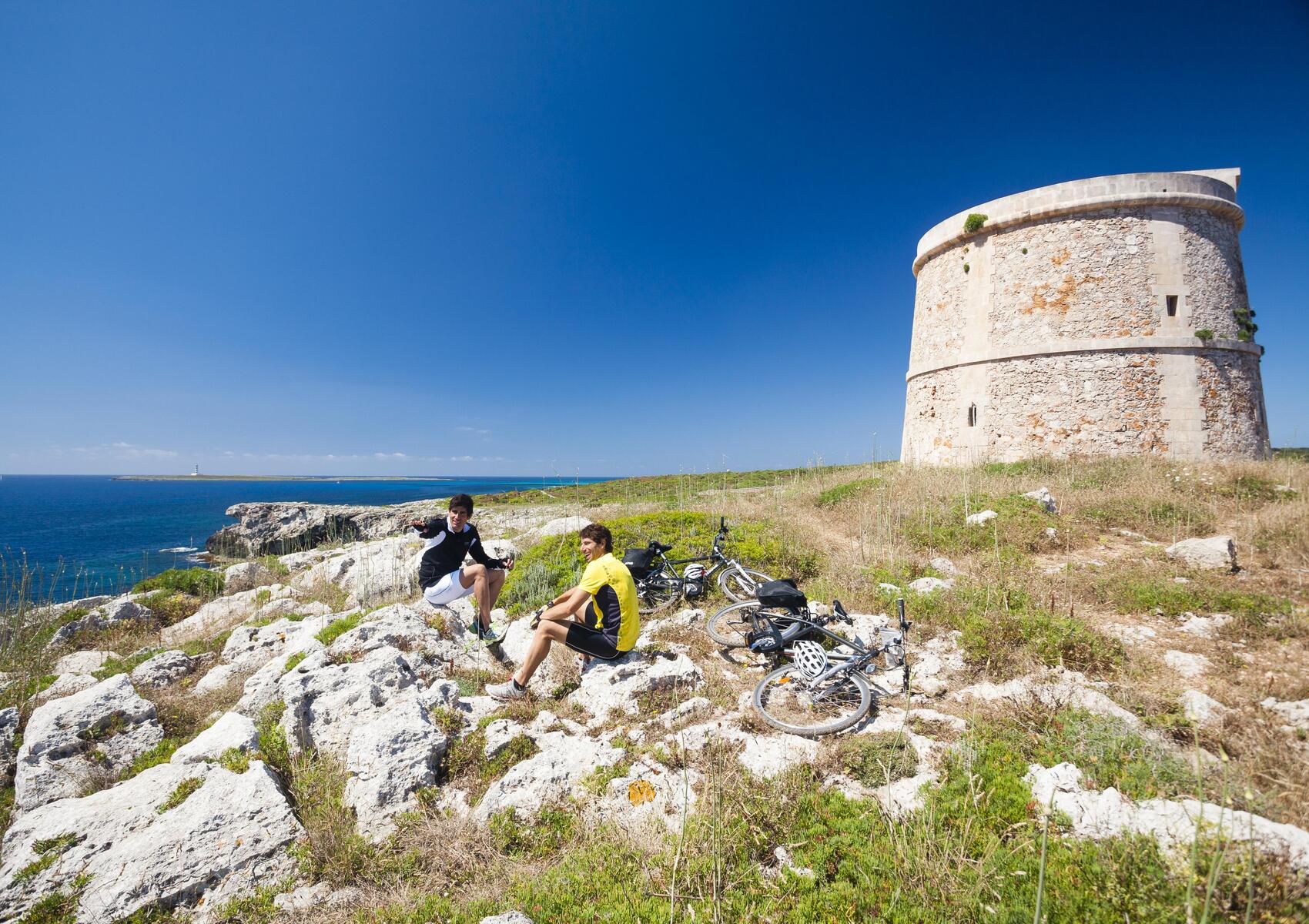
In the cultural section, one of the most outstanding events is the Menorca Jazz Festival, which is held in July. Every year, leading figures in this style of music perform on this stage, which combines perfectly with the surroundings, which are always in movement and full of life.
… and out of high season
If you decide to visit the island outside the high season, Menorca still has a lot to offer. The island is an ideal destination for walking and hiking, with routes that take in spectacular landscapes, such as the cliffs of the north coast or the Albufera des Grau Nature Reserve.
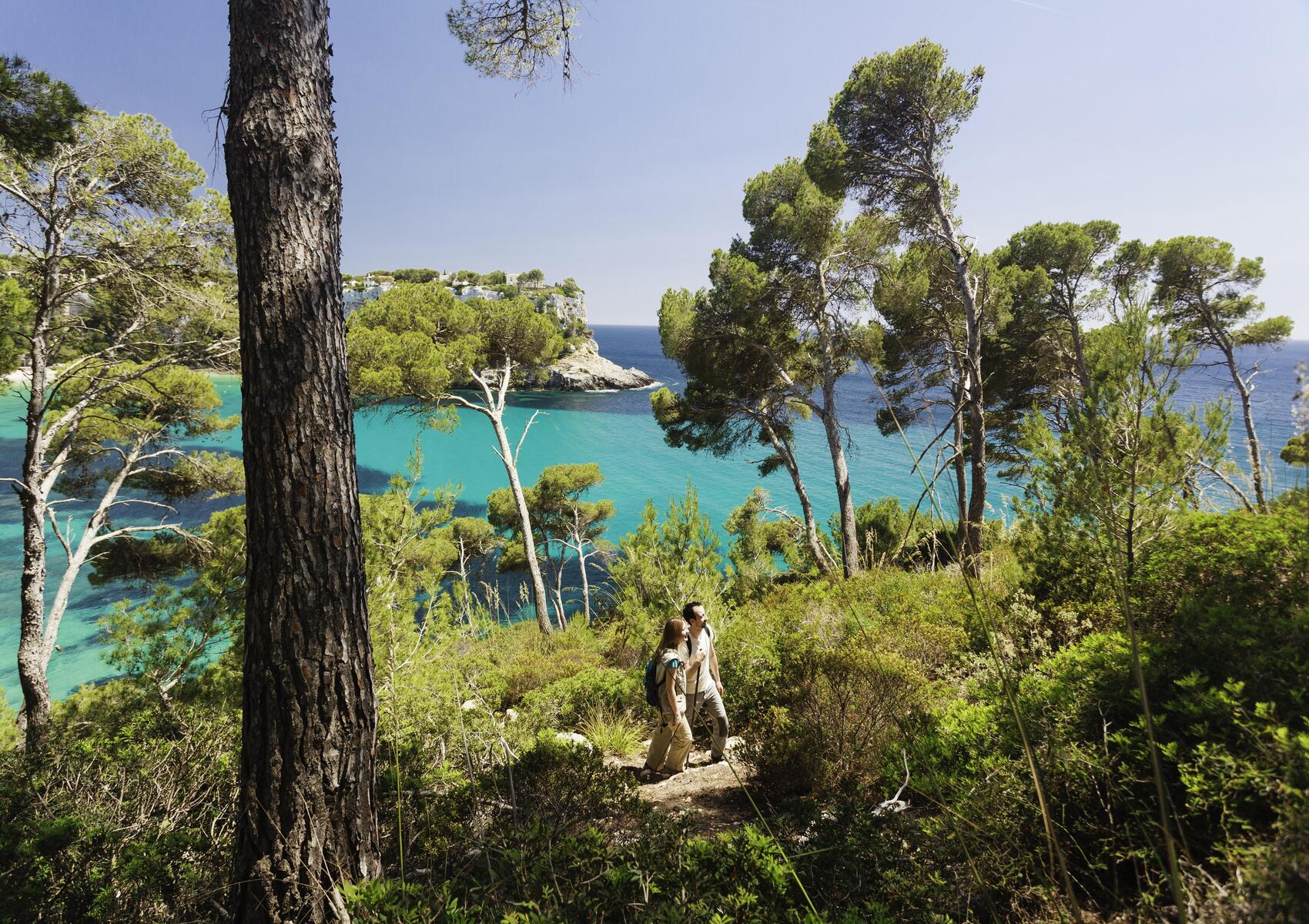
In fact, outside of the summer months, the island offers a quieter and more relaxed atmosphere, perfect for escaping the hustle and bustle of everyday life. In spring and autumn, temperatures are mild and pleasant, perfect for walking in the countryside and discovering the island’s rich nature.
Sleeping in a rafal
For accommodation, we suggest two options that will help you relax and disconnect. The first is a rafal (a name of Arabic origin that refers to the large country houses on the island). Specifically, this is one of the most unique on the island, consisting of 5 hectares whose origins date back to the 15th century. The estate is located in the municipality of Alayor, just 13 kilometres from Mahón and 30 from Ciudadela.
The complex is surrounded by woods, gardens, orchards, farm buildings and even cisterns. The property has several unique buildings that have been recently refurbished respecting the original materials, turning it into an agritourism estate that can be rented privately for groups and families.
The other option is a finca built in the 19th century. An ideal retreat to get away from it all and relax. Privacy is assured thanks to its setting: a 570-hectare estate of typical Mediterranean countryside that also includes an organic herb farm.
Lovers of architecture and decoration will particularly enjoy the original ceilings and restored hydraulic floors. Despite its age, the property is equipped with all modern comforts. Wifi throughout the house, ideal for spending time working from home and being inspired by this special natural environment.
Editorial staff: Juan Antonio Marín.
